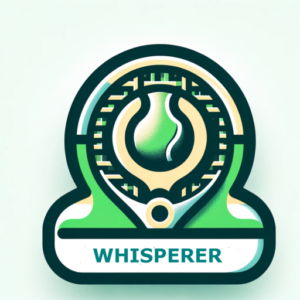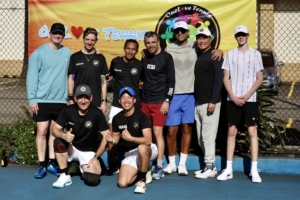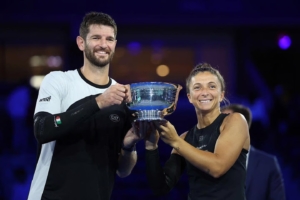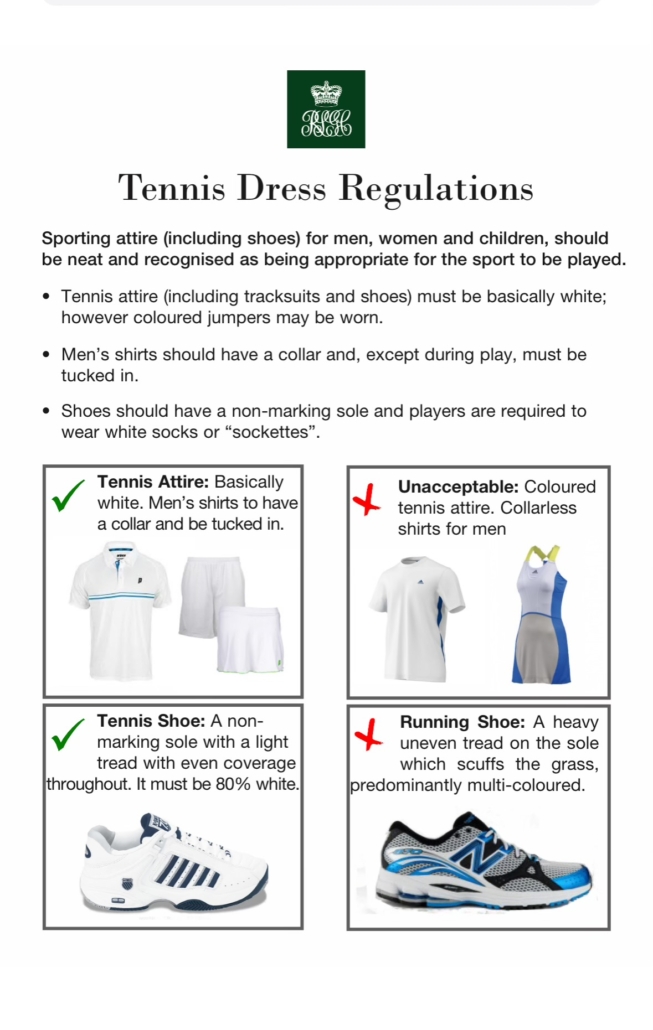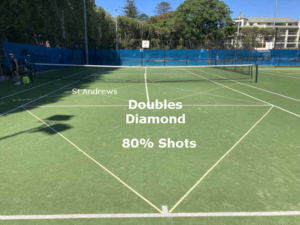Who Should Chase the Lob in Doubles?
Who Should Chase the Lob in Doubles?
Q: My partner and I are often lobbed when we’re both at the net. Who should go back for the lob?
The Golden Rule (Amongst Equals)
When both players are equally mobile and skilled, use the classic rule: “Over your head is yours.”
This allows each player to handle lobs in their zone while maintaining a solid court formation that covers both sides.
When One Partner Is More Mobile: Use the “Chase and Cover” Principle
If one player is clearly faster or more comfortable tracking down lobs, your team should default to a “chase and cover” system.
Here’s how it works:
-
The quicker player goes back to retrieve the lob—regardless of which side it’s on.
-
The other player immediately shifts over to cover the vacated side of the court.
This is sometimes called “duck and switch”, because the stationary partner often ducks or clears space for the other to pass behind while rotating across. It’s not about style—it’s about maintaining court coverage when one player is doing the heavy running.
Avoid These Costly Errors
-
Hesitation: Neither player goes for the lob. Easy point lost.
-
No cover: One player chases a lob while their partner fails to shift, leaving the court exposed.
Fix it with clear, simple commands: “Mine!” or “Yours!” as the lob goes up, and “Switch!” if one partner needs to rotate across.
Prevention Is the Best Defense
Don’t let opponents lob you all day. Cut them off by:
-
Hitting penetrating volleys and smart approach shots.
-
Staying close to the net and maintaining pressure.
Dropping back to “prepare for the lob” just opens space for your opponents to hit at your feet. Hold your position and make them take the risk of a high shot under pressure.
A Good Lob Is a High-Risk Shot
When you’re at the net, you’re in the winning position. For your opponent, a lob must:
-
Clear your reach,
-
Stay in the court,
-
Avoid giving you an easy smash.
That’s a small margin. Even when it works, they’ve only won one point—they’ll need 23 more to take the set.
Wrap
The lob is the most underrated shot in doubles. It disrupts attacking play and forces repositioning. But it’s only as effective as your team’s communication is weak.
Train your responses. Call your balls. And always—cover the open court.
